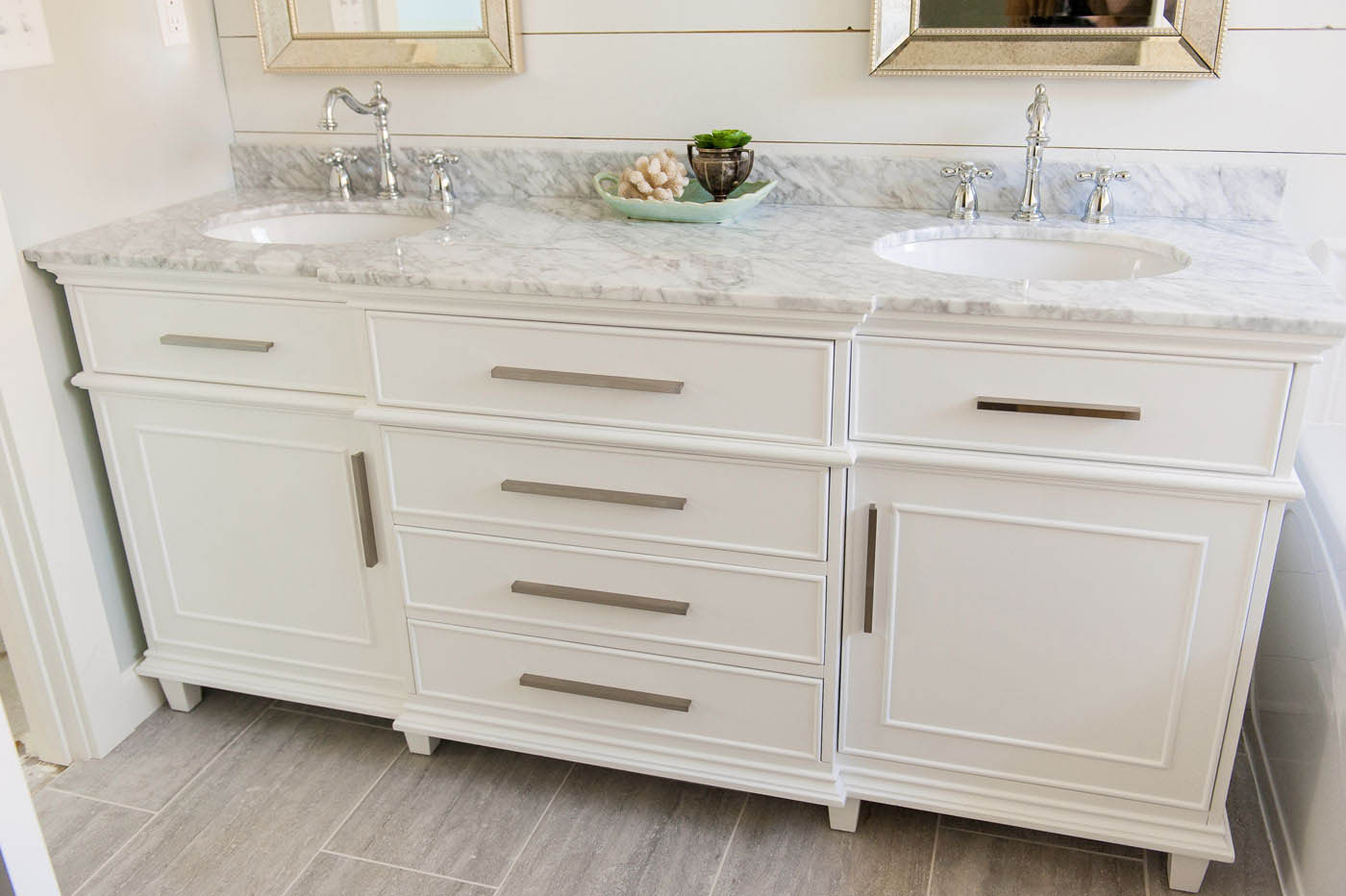If you've noticed that your kitchen sink is draining slowly or not at all, chances are there is a clog in your drain. This can be frustrating and inconvenient, but luckily there are a few simple steps you can take to unclog your kitchen sink drain and get your sink back to working properly. Before you get started, it's important to understand the common causes of kitchen sink drain clogs. The most common culprit is food particles and grease that get washed down the drain. Over time, these particles can build up and create a blockage. Another common cause is objects such as utensils or small toys accidentally getting dropped down the drain.How to Unclog a Kitchen Sink Drain
One of the easiest and most effective ways to clear a clogged kitchen sink drain is by using a plunger. Start by filling the sink with enough water to cover the drain. Place the plunger over the drain and push down and pull up several times to create suction. This should help to dislodge the clog and allow the water to drain. If the plunger doesn't work, you can try using a drain snake. This tool is designed to break up and remove clogs from the pipes. Insert the snake into the drain and turn the handle to navigate it through the pipes. Use the snake to break up the clog and then flush the drain with hot water.How to Clear a Clogged Kitchen Sink Drain
If you prefer to try a DIY remedy before using tools, there are a few options that may help to clear a clogged kitchen sink drain. One method is to pour a mixture of boiling water and dish soap down the drain. This can help to break up any grease or food particles that may be causing the clog. You can also try using a combination of baking soda and vinegar. Pour ½ cup of baking soda down the drain, followed by 1 cup of vinegar. Let the mixture sit for about 15 minutes and then flush the drain with hot water.DIY Kitchen Sink Drain Clog Remedy
As mentioned, the most common causes of kitchen sink drain clogs are food particles and grease buildup. To prevent these clogs from occurring, it's important to avoid washing food scraps down the drain and to properly dispose of grease and oil. It's also important to regularly clean your drain to remove any buildup that may be starting to form. Another common cause of clogs is foreign objects that accidentally get washed down the drain. To prevent this, always be mindful of what you are putting down the sink and use a drain cover or strainer to catch any objects that may fall in.Common Causes of Kitchen Sink Drain Clogs
If the DIY methods mentioned above don't work, it may be time to call in a professional plumber. A plumber will have the tools and expertise to properly locate and clear the clog in your kitchen sink drain. They may also be able to identify any underlying issues that may be causing frequent clogs and provide a more permanent solution. While it may be tempting to try to fix a clogged kitchen sink drain on your own, it's important to be cautious and not use any harsh chemicals or tools that could potentially damage your pipes. When in doubt, it's always best to call a professional.How to Fix a Clogged Kitchen Sink Drain
A plunger is a tried and true method for clearing clogs in a kitchen sink drain. However, it's important to use the right type of plunger for the job. A cup plunger, also known as a sink plunger, is the best option for a kitchen sink as it has a flat bottom that can create a seal over the drain. To use a plunger, make sure there is enough water in the sink to cover the drain. Place the plunger over the drain and push down and pull up several times to create suction. This motion can help to dislodge the clog and allow the water to drain.Using a Plunger to Clear a Clogged Kitchen Sink Drain
The best way to deal with a clogged kitchen sink drain is to prevent it from happening in the first place. To do this, be mindful of what you are putting down the drain and avoid washing food scraps, grease, and oil down the sink. Use a drain cover or strainer to catch any objects that may accidentally fall in. It's also important to regularly clean your drain to remove any buildup of food particles or grease. This can be done by pouring boiling water down the drain or using a mixture of baking soda and vinegar as mentioned earlier.Preventing Kitchen Sink Drain Clogs
If you're not sure if your kitchen sink drain is clogged, there are a few signs to look out for. The most obvious sign is water draining slowly or not at all. You may also notice a foul smell coming from the drain or water backing up into the sink when you run the dishwasher or use the garbage disposal. If you notice any of these signs, it's important to address the clog as soon as possible to prevent further damage to your pipes and plumbing system.Signs of a Clogged Kitchen Sink Drain
A drain snake, also known as a plumber's snake, is a long, flexible tool that is used to clear clogs from pipes. To use a drain snake to clear a clogged kitchen sink drain, start by inserting the snake into the drain and turning the handle to navigate it through the pipes. Once you reach the clog, use the snake to break it up and then flush the drain with hot water. If the clog is too stubborn for the snake to remove, it may be time to call a professional for assistance.How to Use a Drain Snake to Clear a Clogged Kitchen Sink Drain
If you're dealing with frequent clogs in your kitchen sink drain, it may be time to call in the professionals. A plumber will have the tools and expertise to properly locate and clear the clog, as well as identify any underlying issues that may be causing the clogs. Regular professional drain cleaning services can also help to prevent clogs from occurring and keep your pipes and plumbing system in good working order. It's a small investment that can save you from the inconvenience and frustration of dealing with clogs in the future.Professional Kitchen Sink Drain Cleaning Services
The Importance of Proper Ventilation for Your Kitchen Sink Drain

Understanding the Role of Air Vents in Your Home
The Importance of Having a Functioning Air Vent in Your Kitchen Sink Drain
 Preventing Foul Odors
A clogged air vent can cause foul odors to emanate from your kitchen sink, as the trapped air in the drain can't escape. This can make your kitchen smell unpleasant and make it an uncomfortable space to be in. By keeping your air vent clean and functioning, you can prevent these unpleasant odors from lingering in your kitchen.
Ensuring Efficient Drainage
A clogged air vent can also cause slow draining in your kitchen sink. This can be frustrating and time-consuming, especially when you're in a rush. By having a properly functioning air vent, you can ensure efficient drainage, making your kitchen tasks more manageable and less time-consuming.
Preventing Foul Odors
A clogged air vent can cause foul odors to emanate from your kitchen sink, as the trapped air in the drain can't escape. This can make your kitchen smell unpleasant and make it an uncomfortable space to be in. By keeping your air vent clean and functioning, you can prevent these unpleasant odors from lingering in your kitchen.
Ensuring Efficient Drainage
A clogged air vent can also cause slow draining in your kitchen sink. This can be frustrating and time-consuming, especially when you're in a rush. By having a properly functioning air vent, you can ensure efficient drainage, making your kitchen tasks more manageable and less time-consuming.
How to Prevent and Fix a Clogged Kitchen Sink Drain Air Vent
 Regular Maintenance
The best way to prevent a clogged air vent is by regularly cleaning and maintaining it. You can do this by using a wire brush or plumbing snake to clear any debris or obstructions in the vent.
Professional Help
If you're experiencing frequent clogs in your kitchen sink drain air vent, it's best to seek professional help. A plumber can inspect and clean your air vent properly, ensuring that it's functioning correctly.
Regular Maintenance
The best way to prevent a clogged air vent is by regularly cleaning and maintaining it. You can do this by using a wire brush or plumbing snake to clear any debris or obstructions in the vent.
Professional Help
If you're experiencing frequent clogs in your kitchen sink drain air vent, it's best to seek professional help. A plumber can inspect and clean your air vent properly, ensuring that it's functioning correctly.
In Conclusion
 Proper ventilation is crucial for the health and functionality of your home, especially in the kitchen. By understanding the role of air vents and the importance of keeping them functioning, you can prevent common issues like a clogged kitchen sink drain air vent. Remember to regularly maintain your air vent and seek professional help if needed to ensure a smooth and efficient kitchen experience.
Proper ventilation is crucial for the health and functionality of your home, especially in the kitchen. By understanding the role of air vents and the importance of keeping them functioning, you can prevent common issues like a clogged kitchen sink drain air vent. Remember to regularly maintain your air vent and seek professional help if needed to ensure a smooth and efficient kitchen experience.
:max_bytes(150000):strip_icc()/plumber-unclogging-kitchen-sink-169270382-5810e7bb5f9b58564c5dd92b.jpg)



:max_bytes(150000):strip_icc()/freshen-and-unclog-drain-with-baking-soda-1900466-22-bbf940b70afa4d5abef0c54da23b1d3f.jpg)



















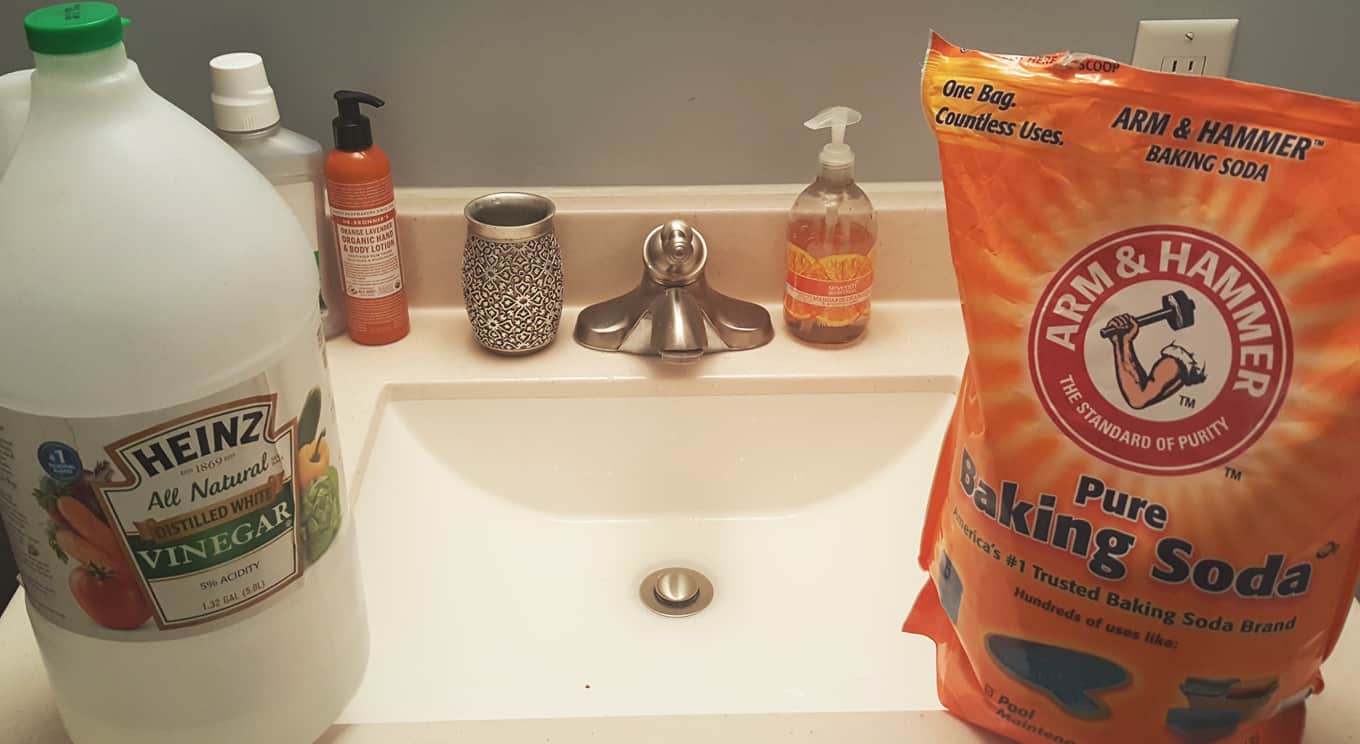


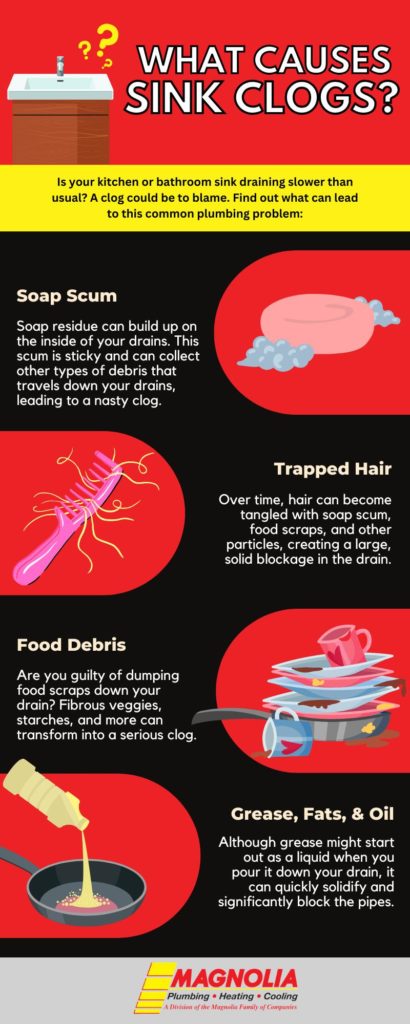




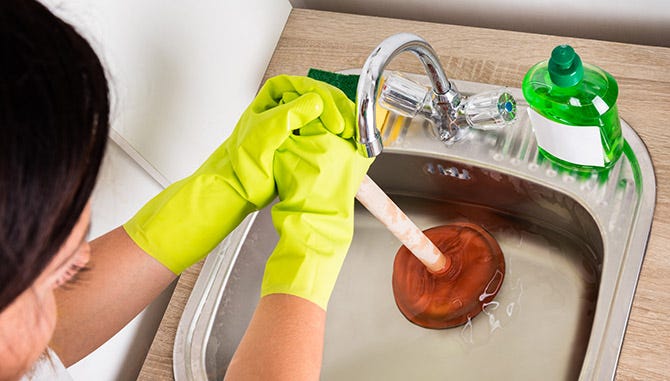
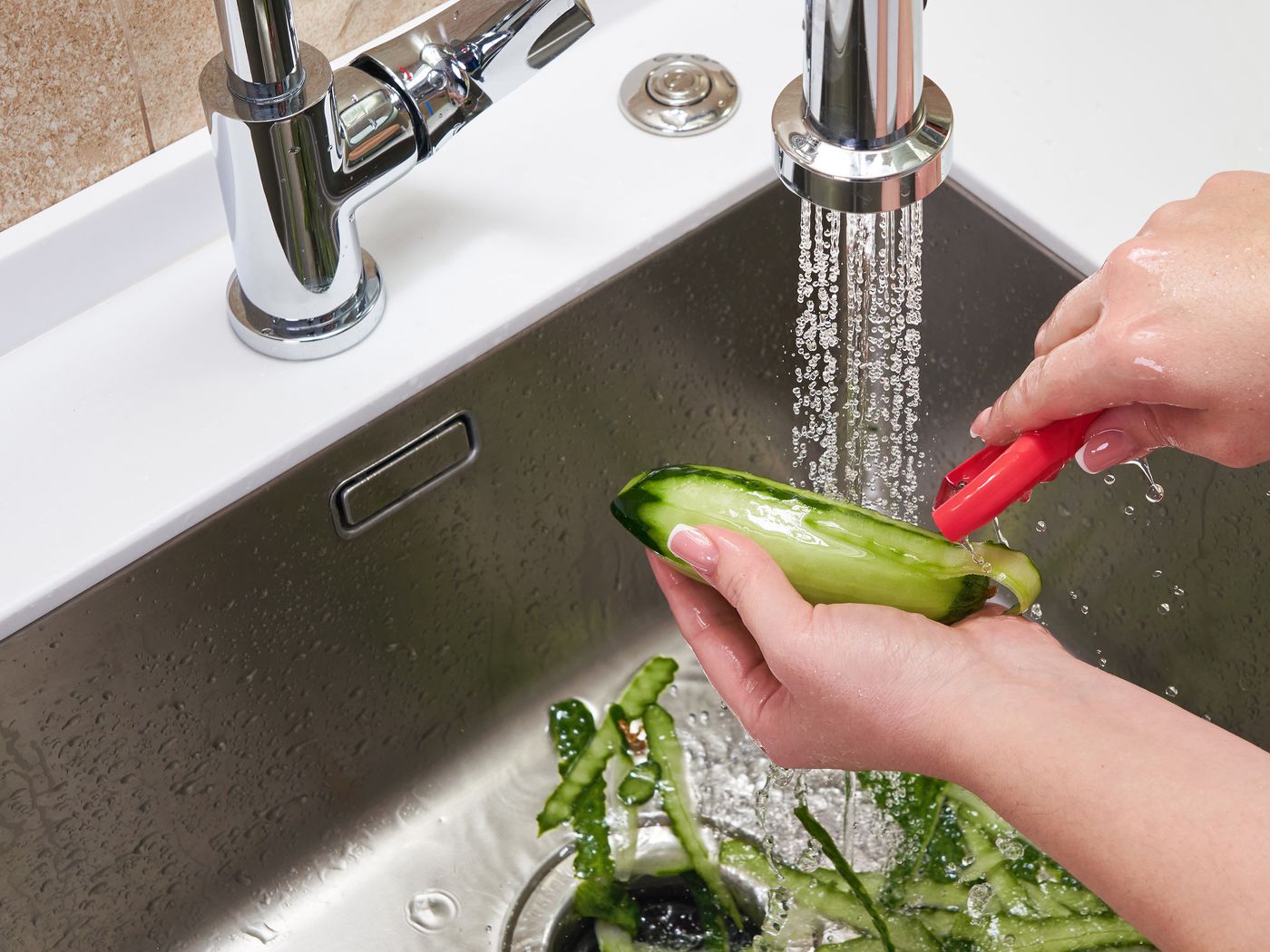


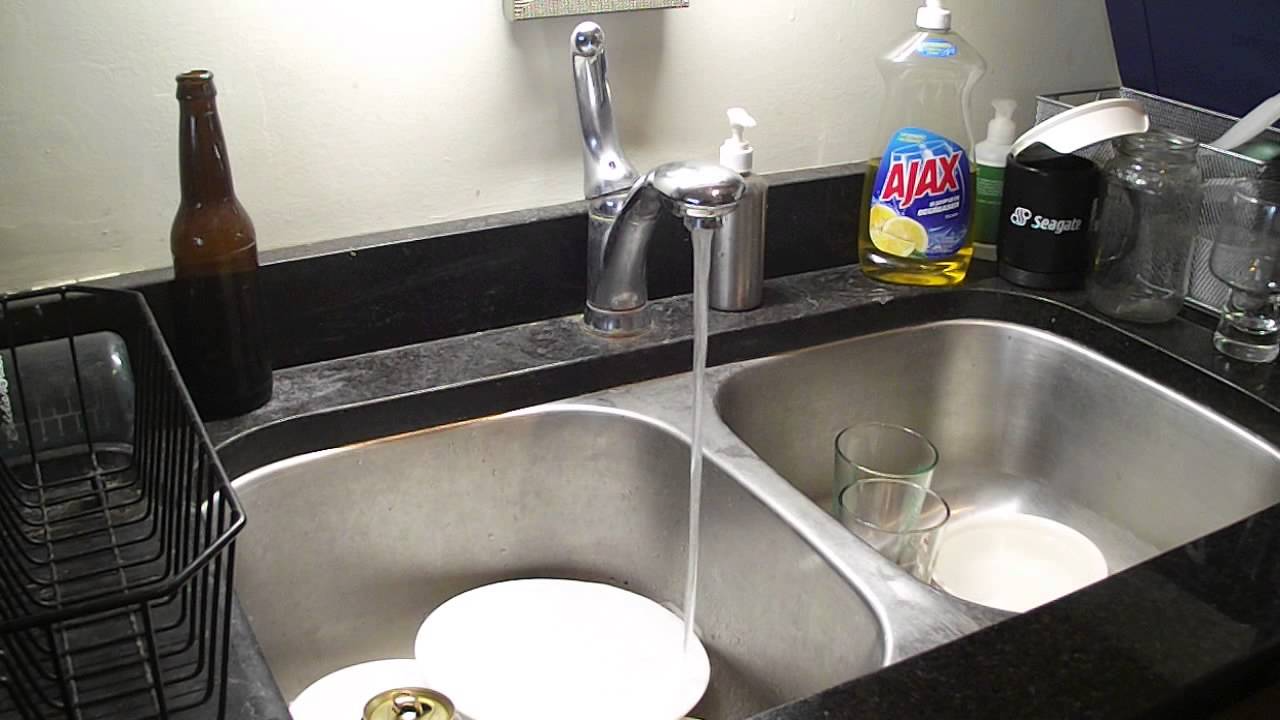










:max_bytes(150000):strip_icc()/woman-wearing-yellow-washing-up-gloves-to-unblock-sink-using-plunger-close-up-131987463-5887cfc03df78c2ccd92ec9e.jpg)
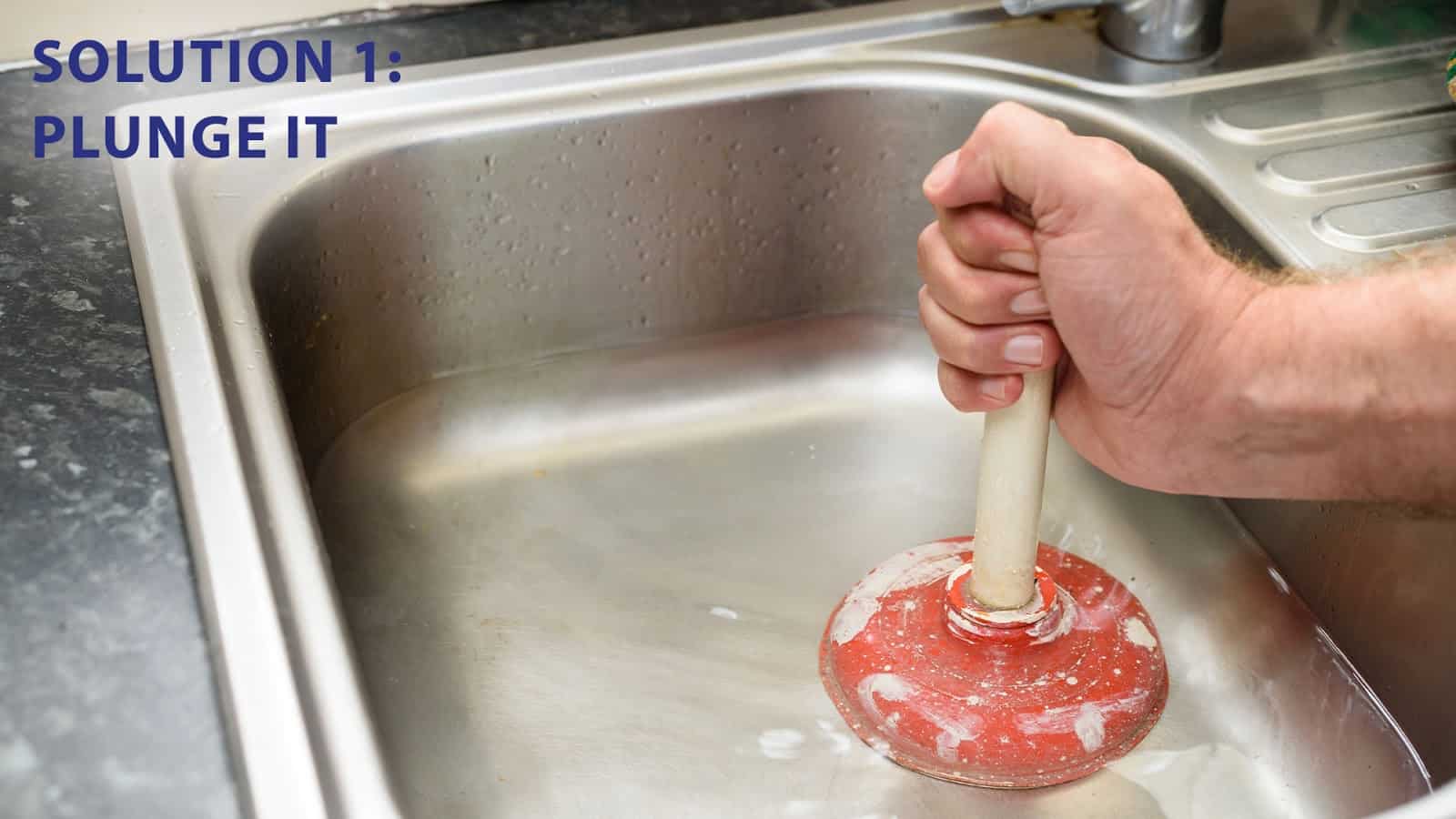


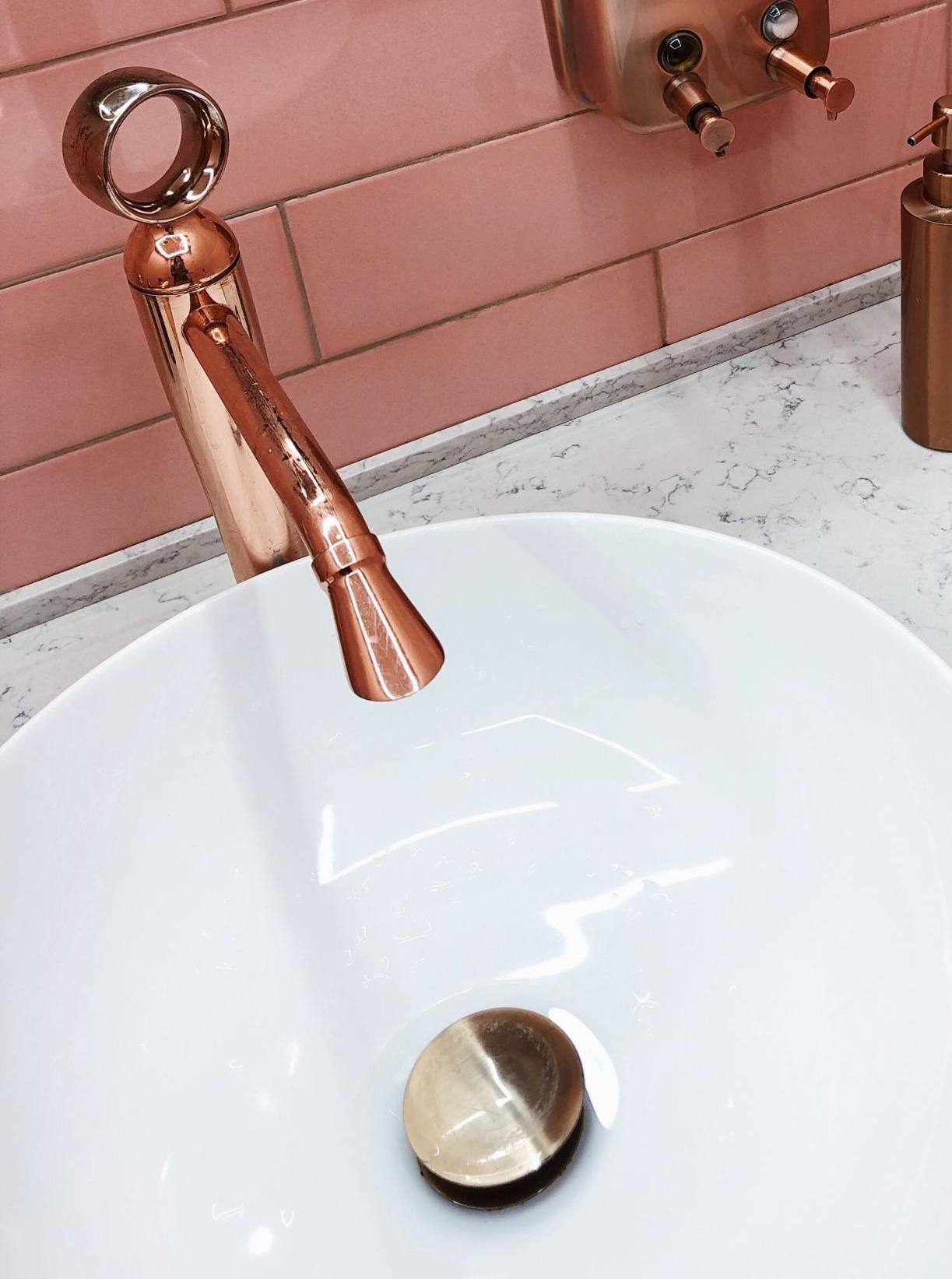



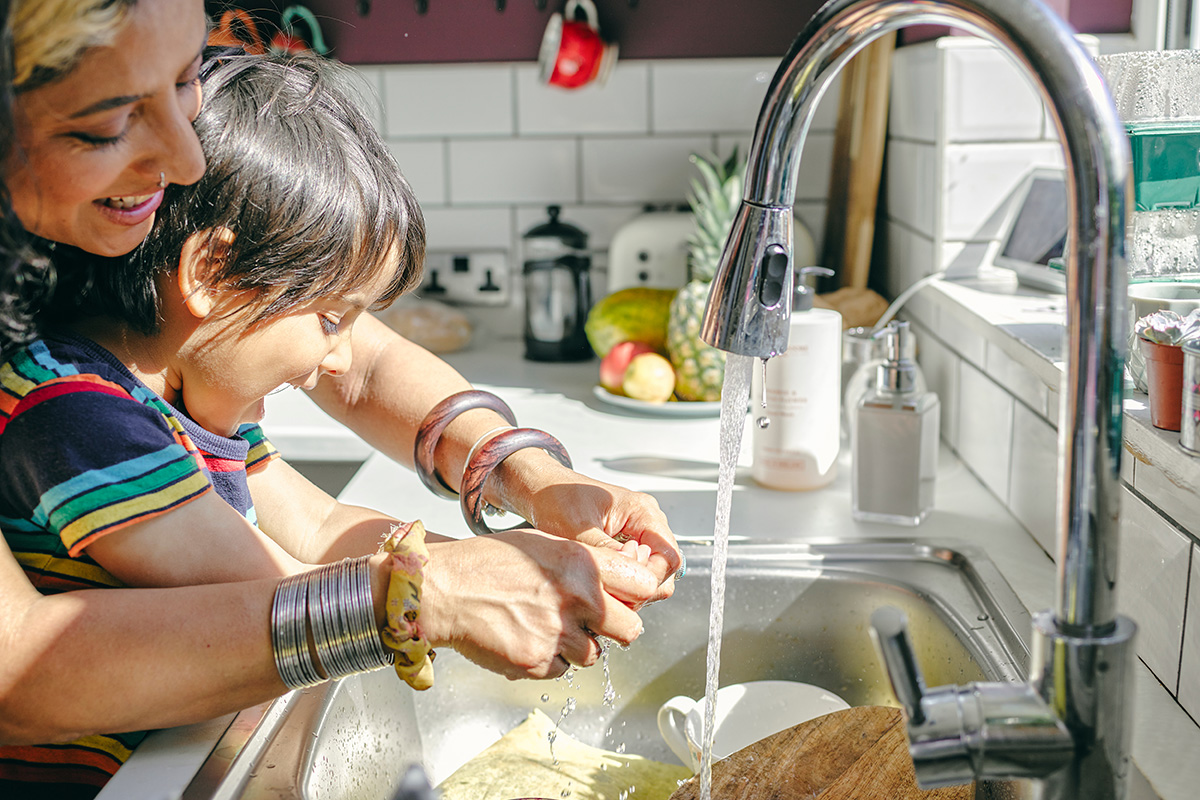

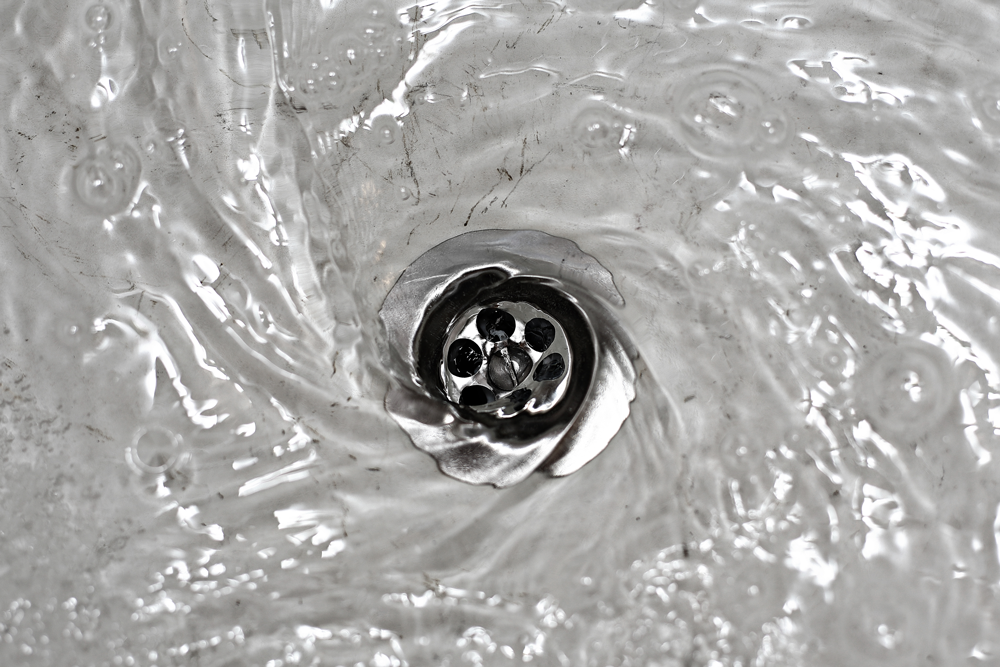
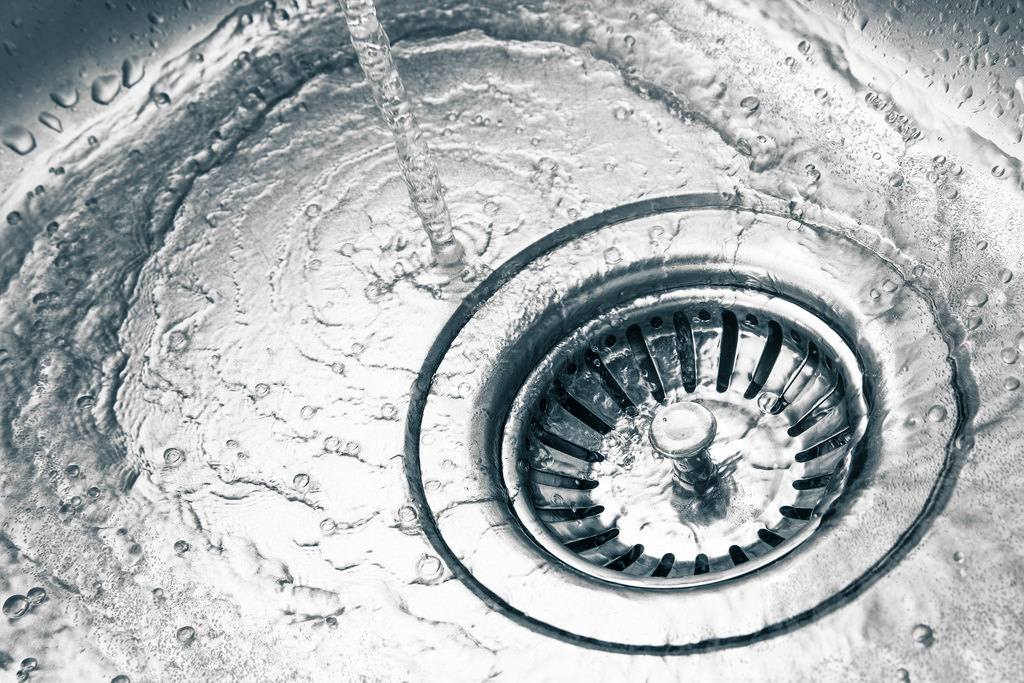
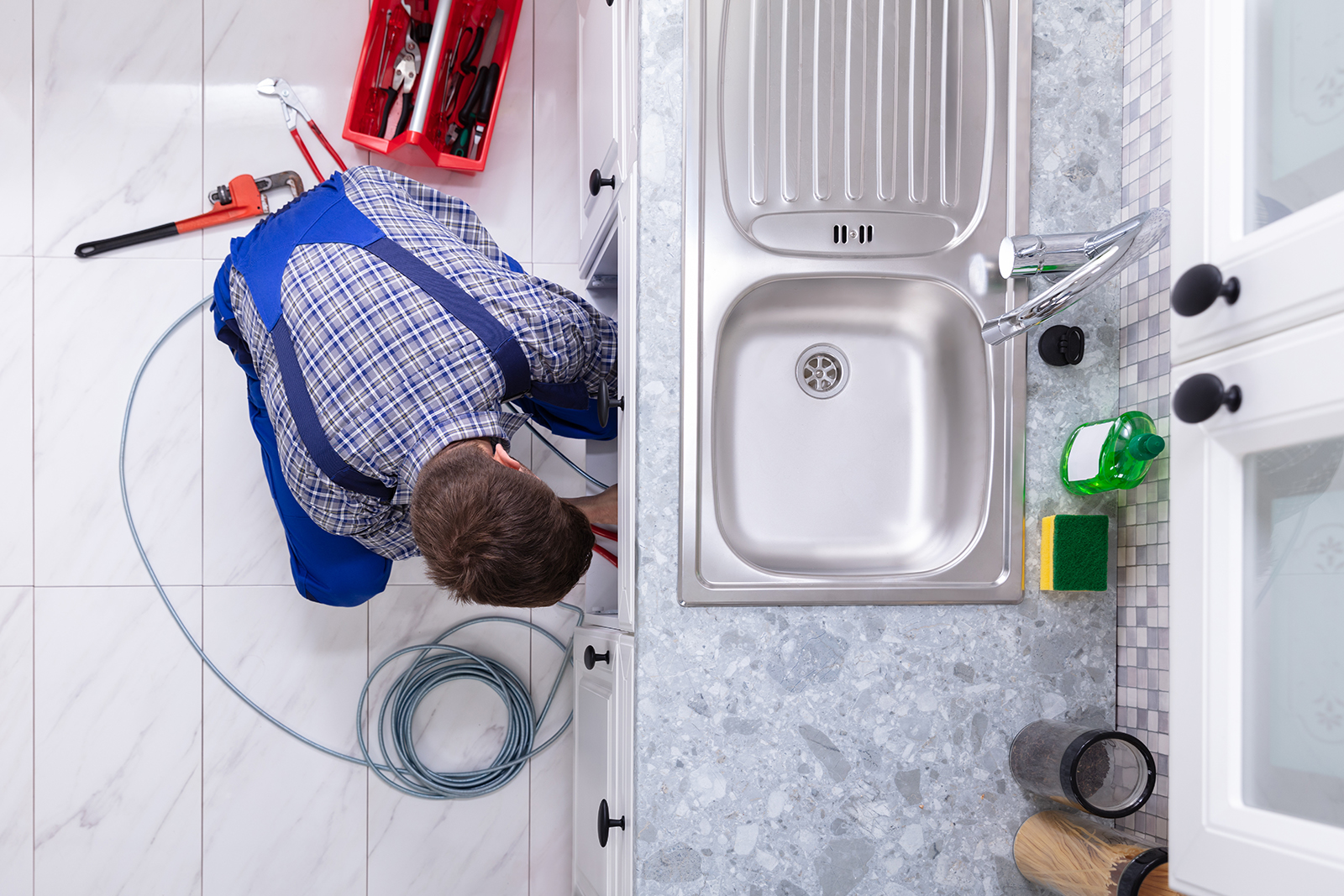




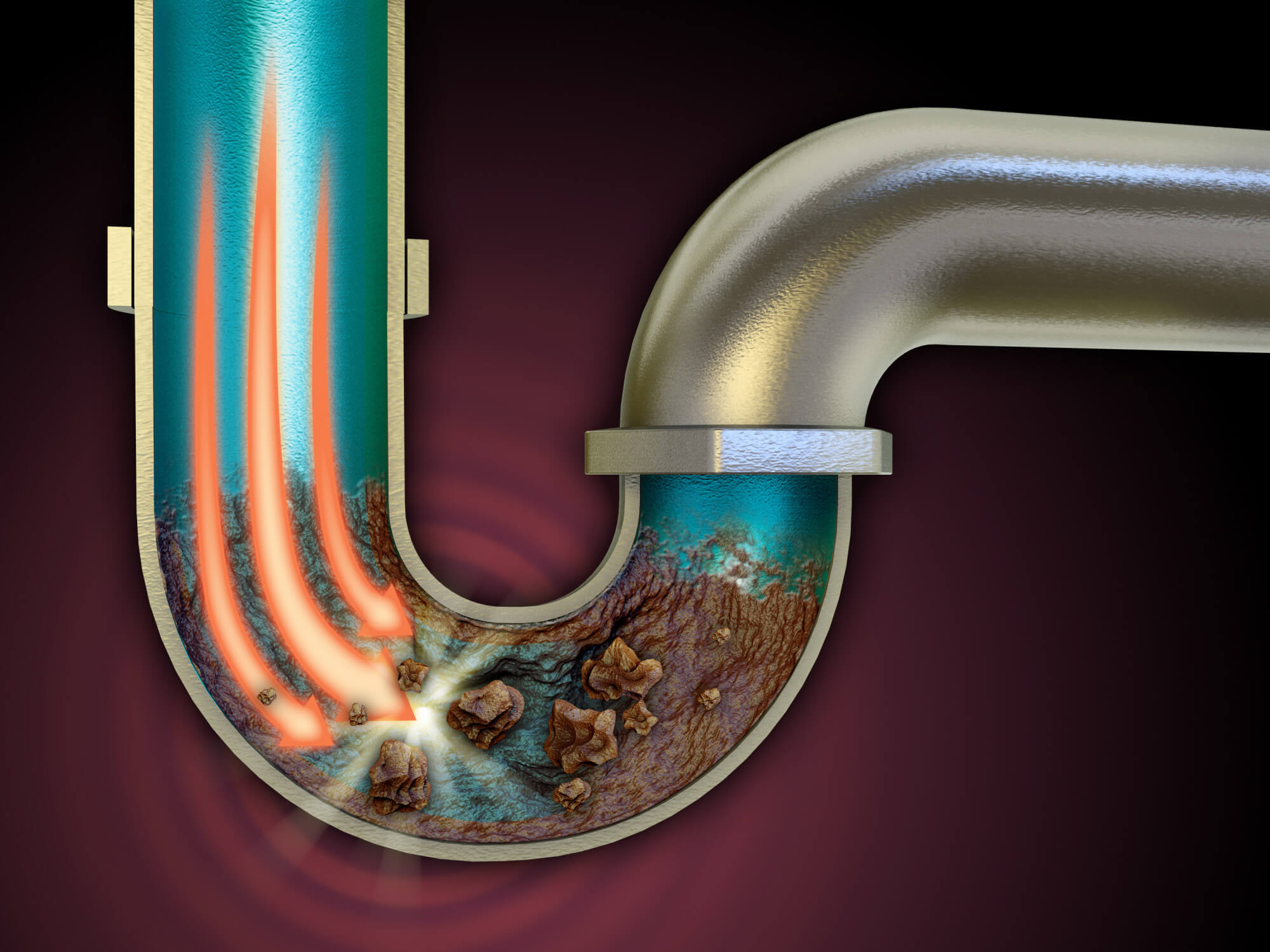
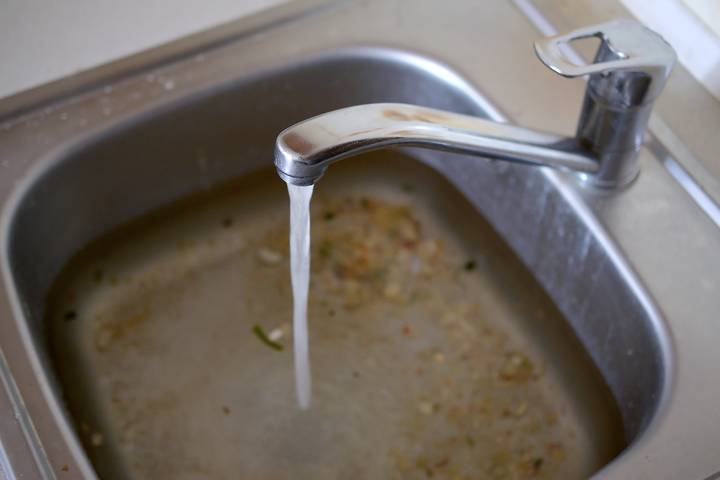




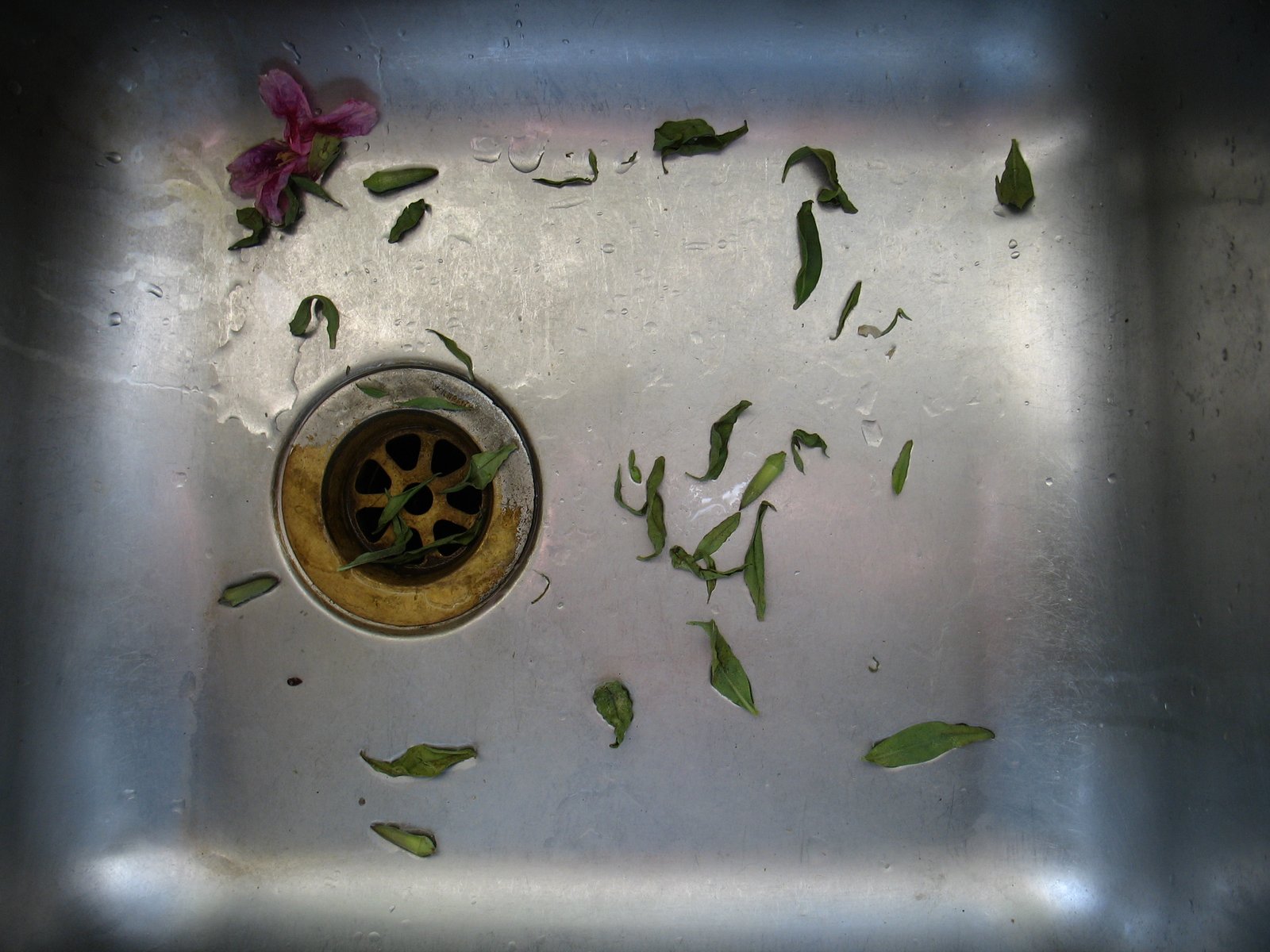

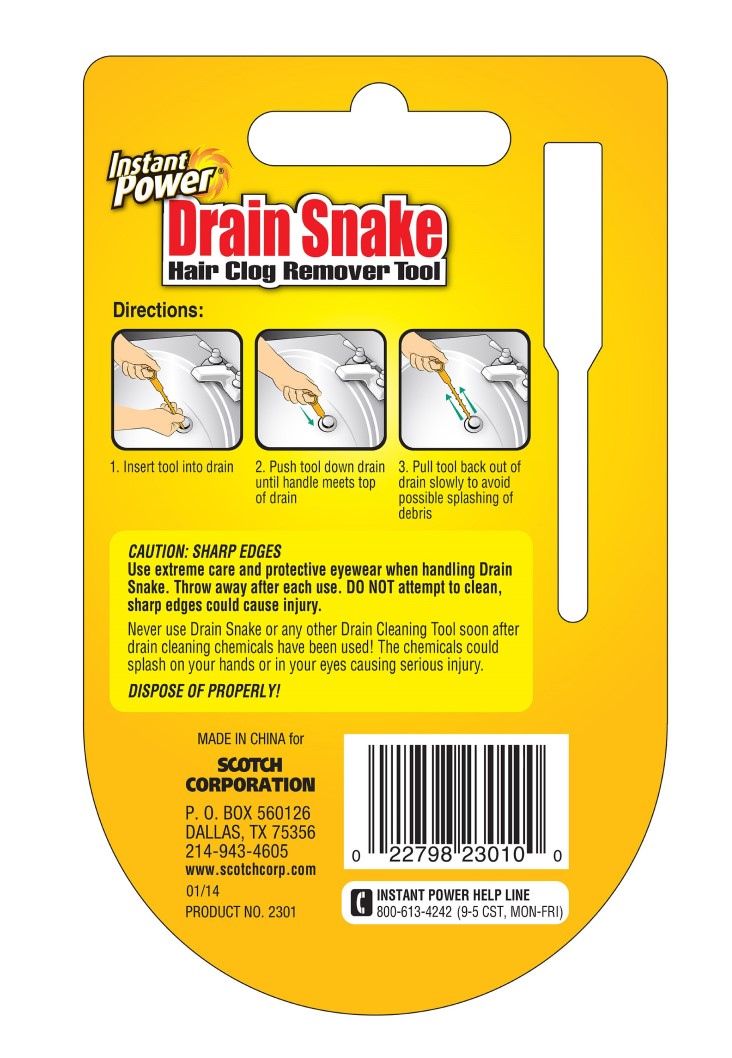
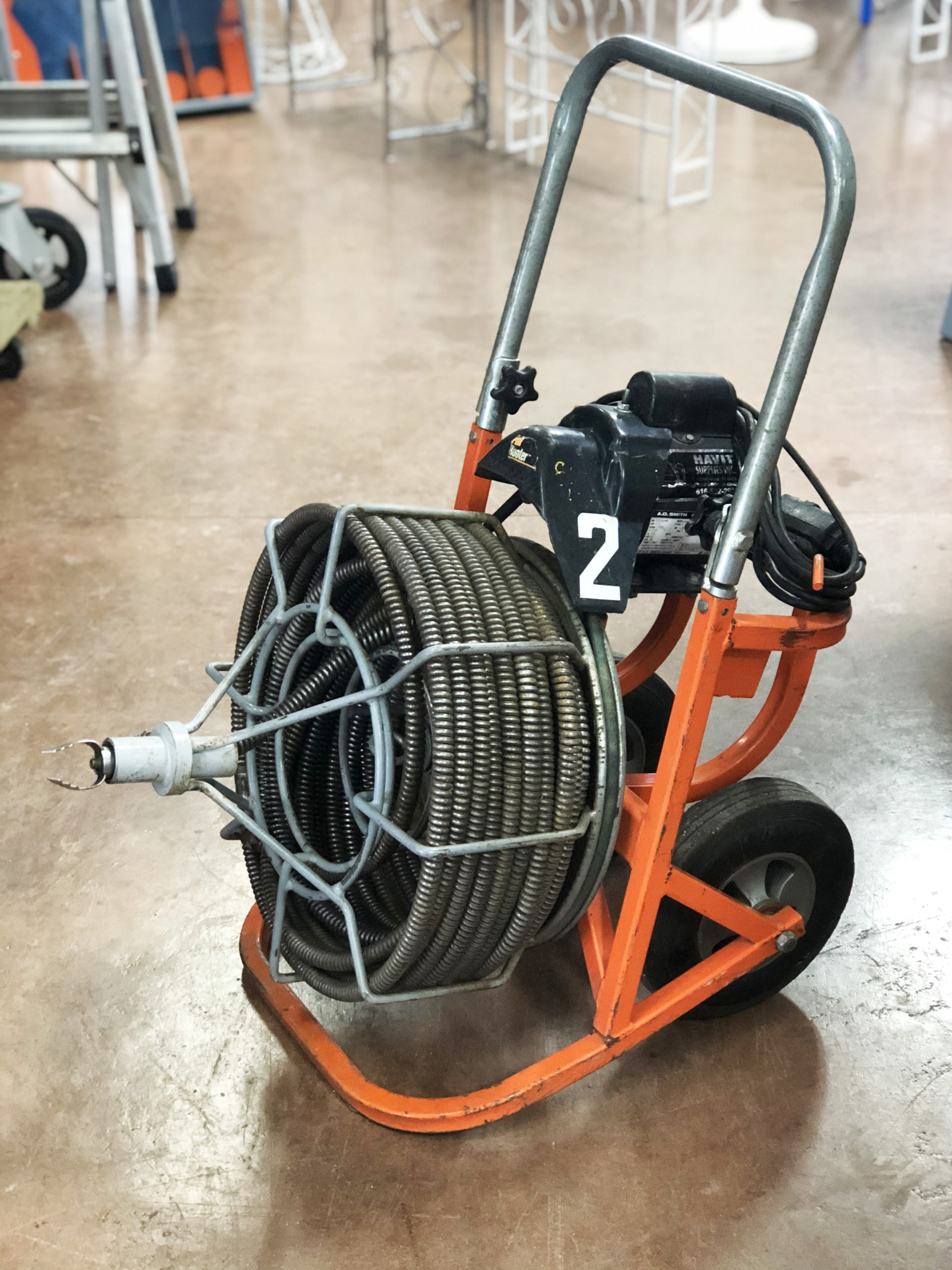
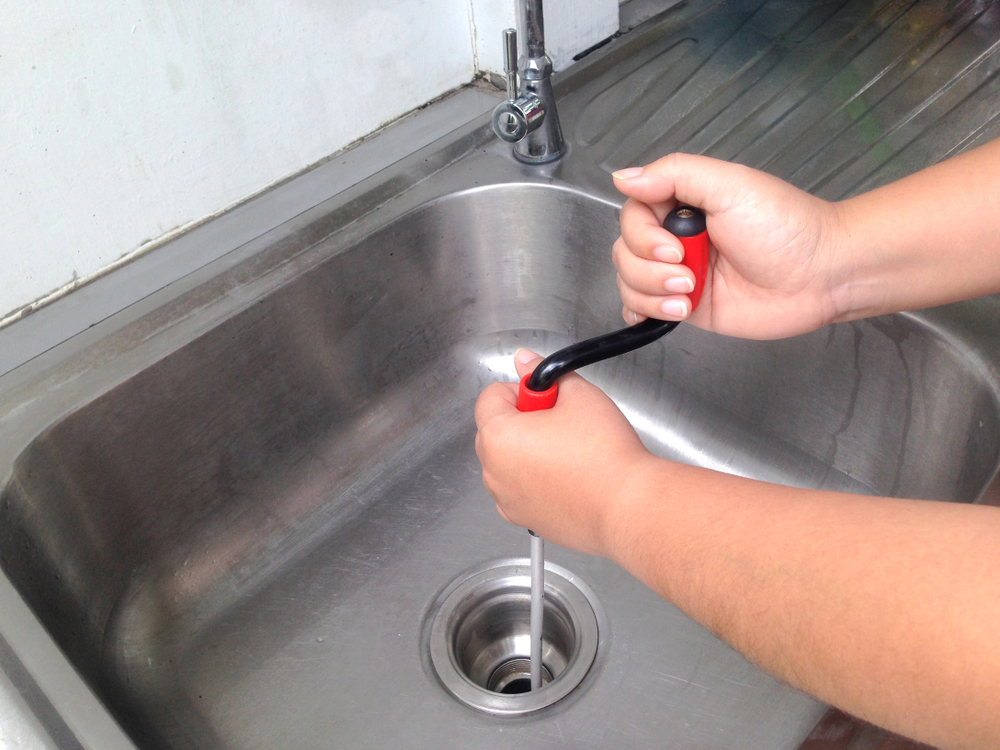

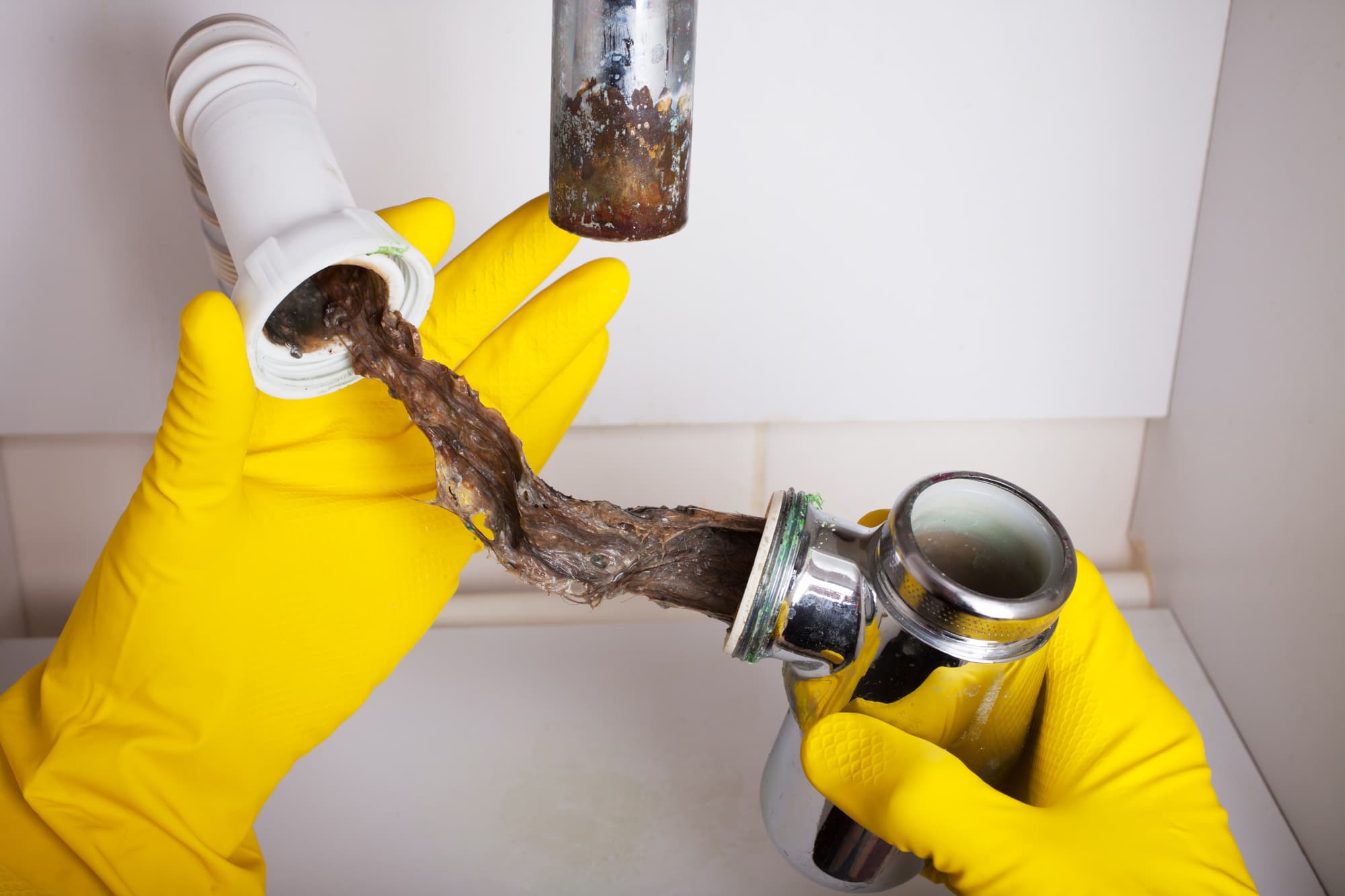
/DrainSnake-c4efd6c0f57e4994a171a4b2f2463059.jpg)


:max_bytes(150000):strip_icc()/how-to-use-a-sink-auger-1825090-hero-70d39960647643819dbb4c1f3a05e929.jpg)







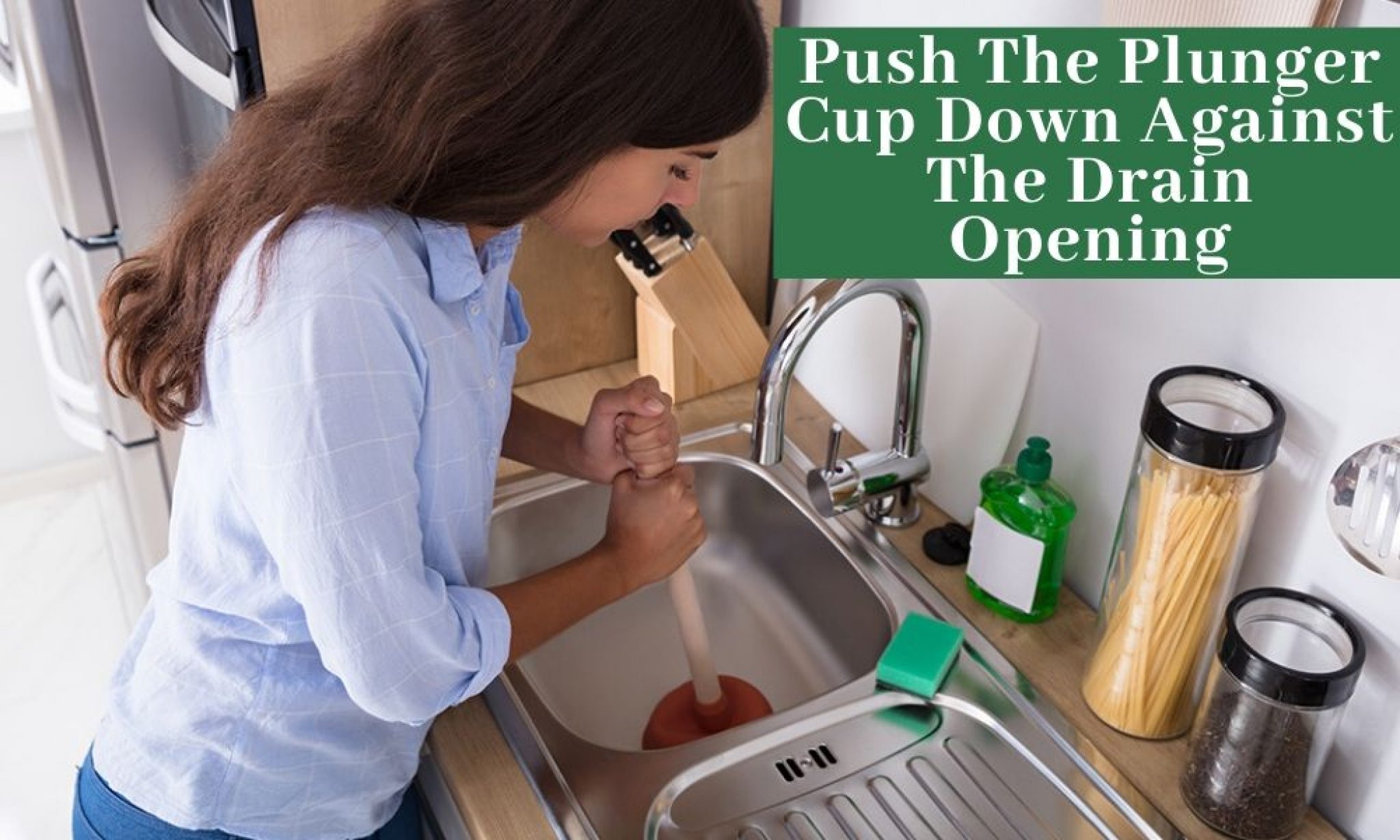




/arrange-furniture-awkward-living-room-5194365-hero-6738bbe71fea4187861db7ad9afbad44.jpg)
